Zijin News - In 1972, the United Nations General Assembly designated June 5 as World Environment Day, which highlights mankind’s yearning for a better environment. When evaluating the health of a regional ecosystem, the situation of animals closely related to human activities is an important indicator.
Guided by the concept of “green mountains are gold mountains”, Zijin Mining has been developing green mines to high standards. Guidelines have been put in place to ensure maximum vegetation coverage at all production sites and minimum disturbance to land and the ecosystem.
Zijin provides great habitats for a wide variety of animal species, which have become neighbors to our employees. We achieved this through continued investigation and evaluation of biodiversity and by improving monitoring and protection mechanisms. The animals and Zijin’s employees co-exist in harmony, sharing the same environment we call home.
Below are some of our lovely neighbors. Do you recall bumping into them somewhere?
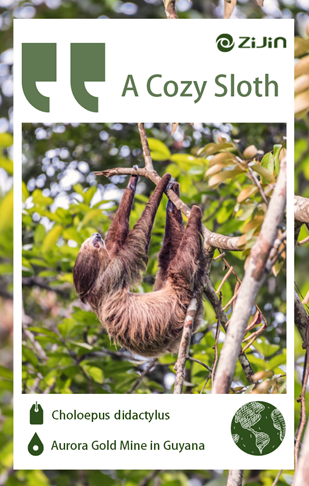
Sloths are often seen in the woods and swamps around the camp and the mine site of the Aurora Gold Mine. This highly arboreal animal lives in trees all year round and moves extremely slowly.
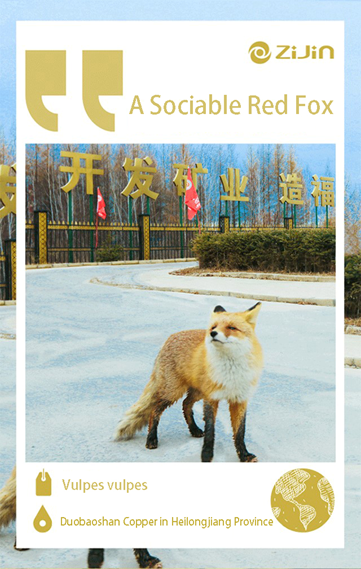
Every once in a while, a little fox would come to “beg” for food at mealtime, and the employees of Duobaoshan Copper are always happy to help. Red foxes have acute senses of hearing and smelling, move fast and prefer to wander about alone.
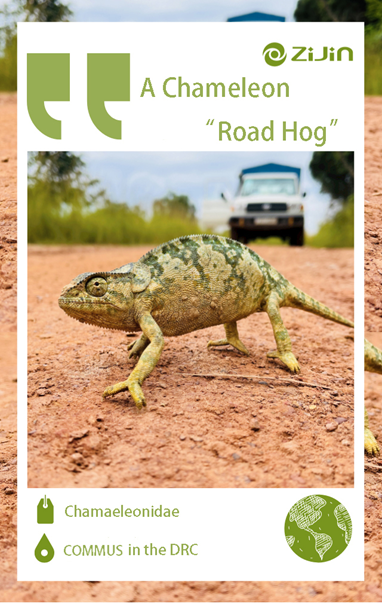
A chameleon prances around the middle of the road to the processing plant in COMMUS’s mine site, literally grinding a vehicle to a halt. Chameleons move very slowly and change skin colors in response to their surroundings.
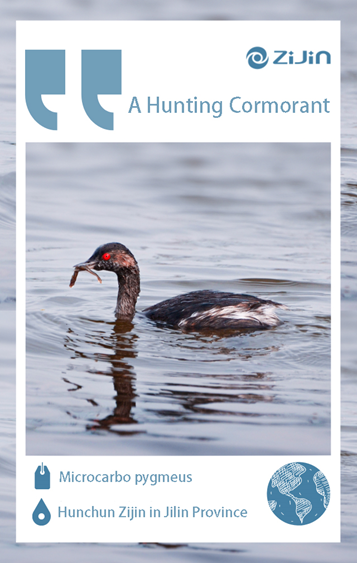
This shot of a cormorant preying on a small fish was taken by an employee of Hunchun Zijin at its mine’s No.3 pump station. Cormorants, commonly known as “fish hawks”, are large fish-eating, swimming birds. There are 39 species of cormorants under one genus, all of which are on the Red List of Threatened Species of the International Union for Conservation of Nature (IUCN).
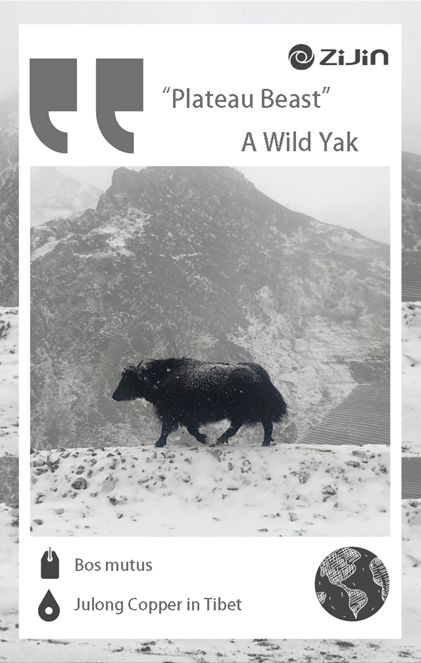
A robust wild yak is tramping against the wind and snow, with its eyes set firmly into the distance. Wild yaks only exist in the Qinghai-Tibet Plateau. They can withstand hunger, thirst, low temperature and hypoxia, and are often spotted in alpine meadows, inter-mountain basins, and alpine deserts at an altitude of 3000 to 6000 meters.
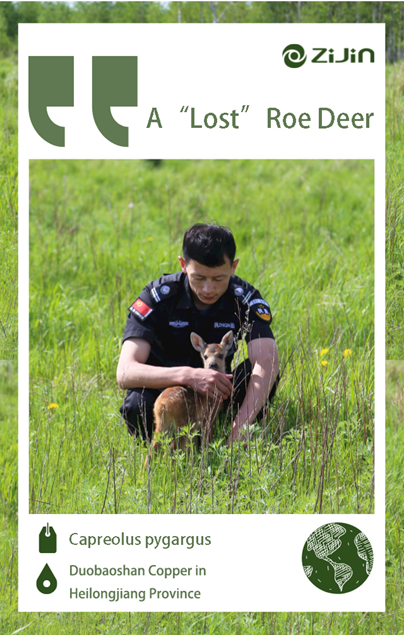
A little roe deer got lost in the woods and ran into the arms of an employee of Duobaoshan Copper. It was then brought to safety. The roe deer is a small-to-medium-sized deer with big ears and slower reflexes than most other animals.
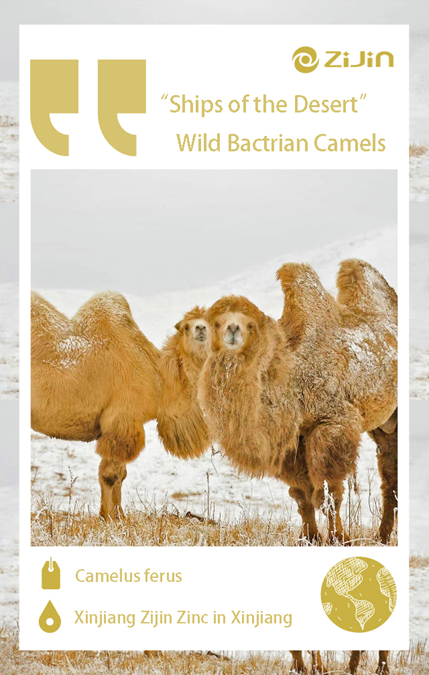
Wild camels, also known as wild Bactrian camels, are an endangered species. They are also referred to as ships of the desert. As the ecological environment improves, their population has grown and sometimes they can be seen by humans.
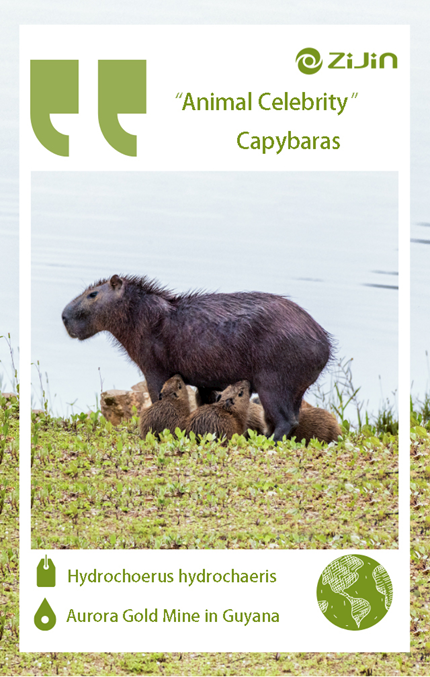
Capybaras are often spotted around the tailings dam and ponds of the Aurora Gold Mine and nearby rivers. The “animal celebrity” is a meek herbivore liked by many other animals.
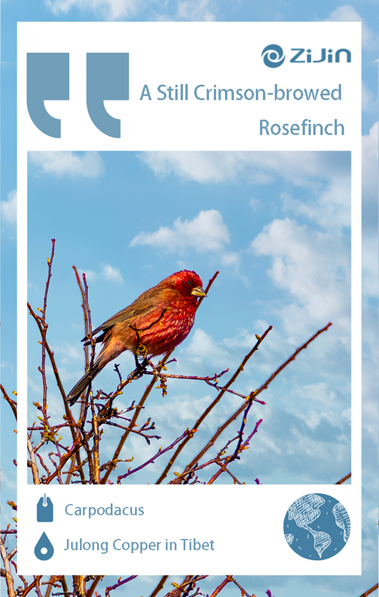
The crimson-browed rosefinch was spotted by an employee of Tibet Julong Copper at the entrance of the mine site. Living in mountainous areas more than 1500 meters above sea level, they eat grass seeds, berries, buds, and other plants. When disturbed, rosefinches “freeze” in the trees until the danger disappears.
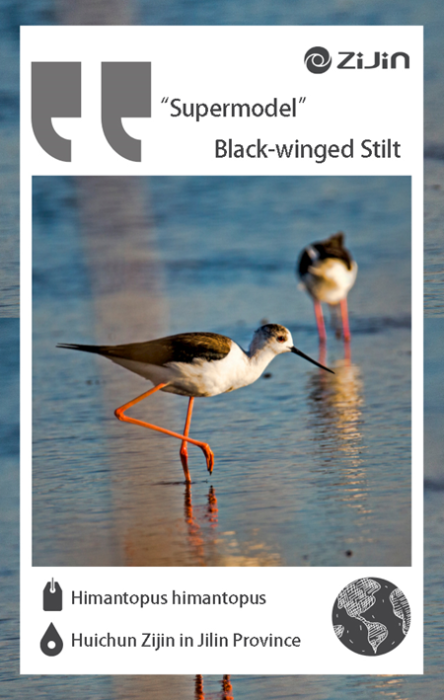
In the downstream of Hunchun Zijin’s mining concession, two black-winged stilts stroll by the river. The bird is an endangered species. Slim and small-headed, stilts have skinny legs that are over 750px long, earning them the nickname of “supermodel bird”.
Translator: Chen Peng Editor: Huang Xu Reviser: Li Yuanxing Editor-in-Chief: Wang Jie

